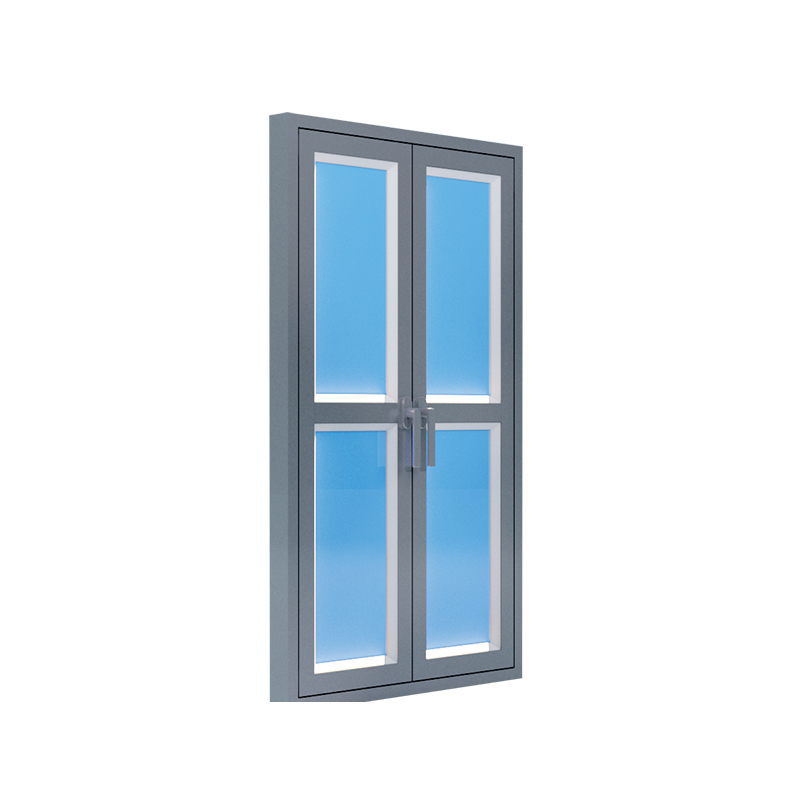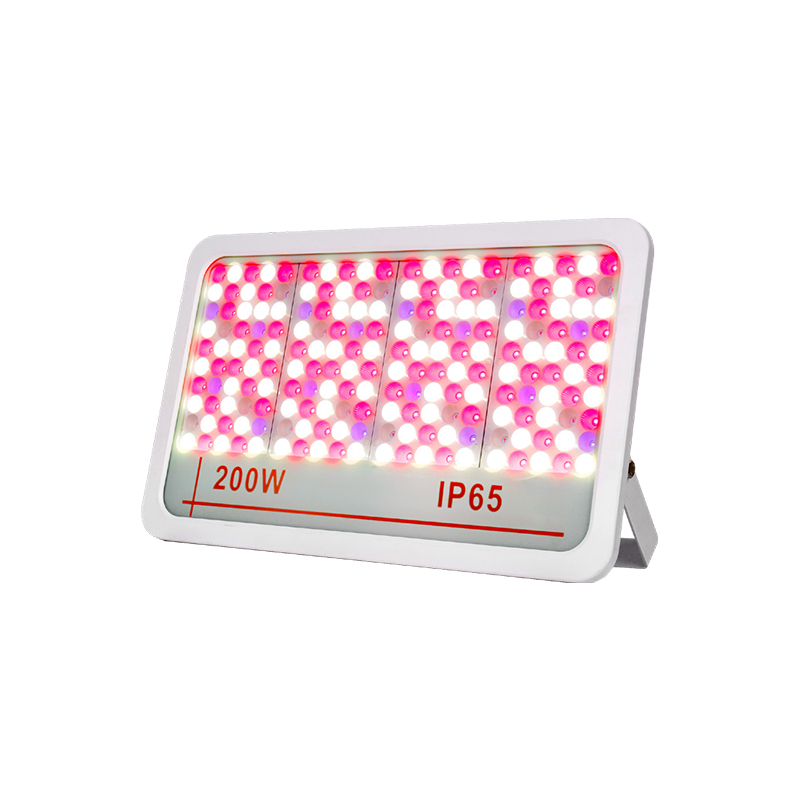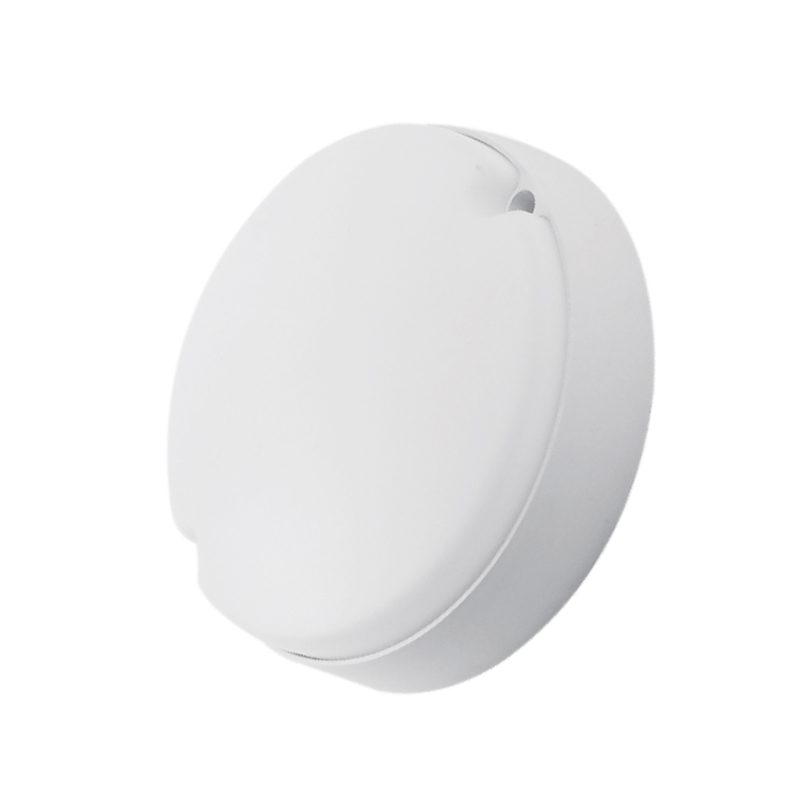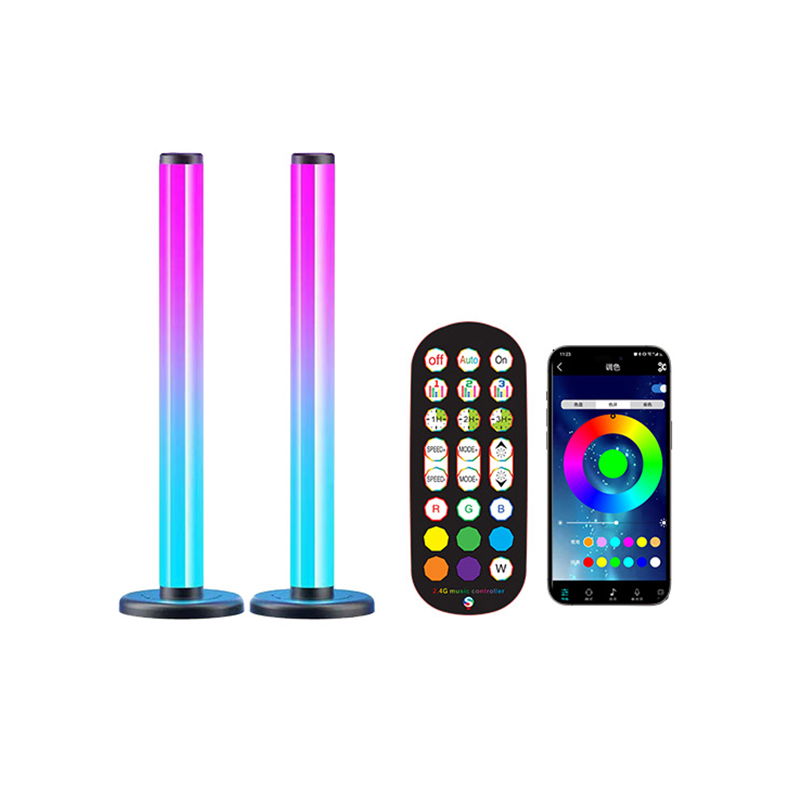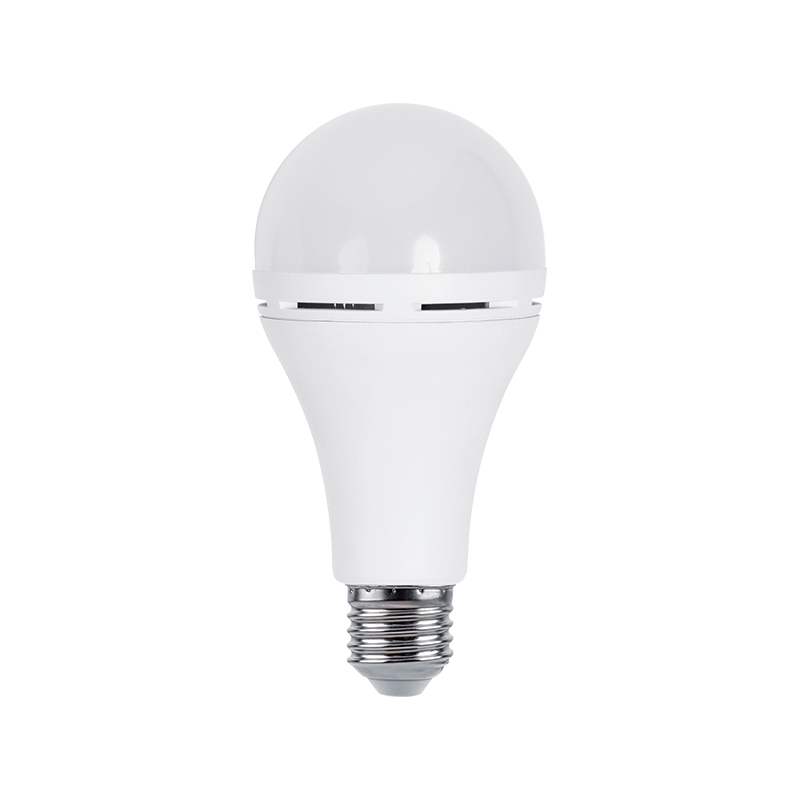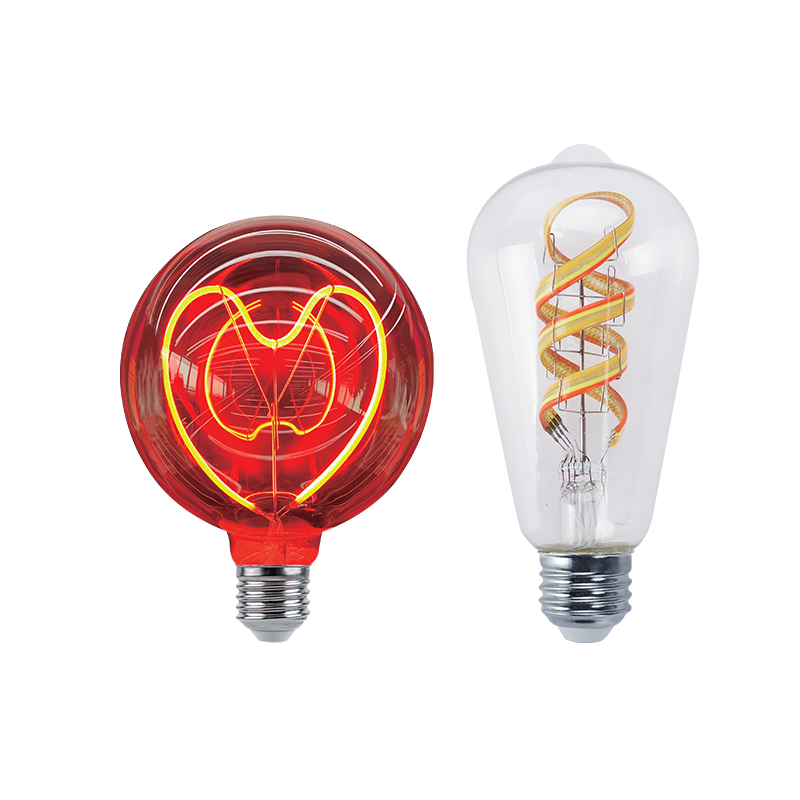We sincerely look forward to establishing a long-term development partnership with you with good quality and professional services.
Full plastic downlights have gradually become the mainstream products in the lighting market with their advantages such as energy saving and long life. However, LEDs will generate a lot of heat when working. If the heat is not dissipated in time, it will seriously affect its luminous efficiency and service life. For all-plastic downlights, the thermal conductivity of plastic itself is poor, so how to solve the heat dissipation problem of LED becomes the key.
Select high thermal conductivity plastic materials
With the development of material technology, some engineering plastics with high thermal conductivity have emerged. For example, some high thermal conductivity engineering plastics such as graphite thermal conductive materials can reach a certain level of thermal conductivity (such as at least 2.0W/m・k). By selecting this type of high thermal conductivity plastic as the shell material of the downlight, the overall thermal conductivity of the plastic can be improved, making it easier for the heat generated by the LED to be conducted away. However, this type of high thermal conductivity plastic may have color restrictions (such as graphite thermal conductive materials are mostly black) or relatively low insulation performance. Reasonable structural design can be used to take into account both heat dissipation and insulation performance, such as using a double-layer plastic shell structure and wrapping the high thermal conductivity plastic with ordinary plastic with high insulation performance.
Optimize structural design to enhance heat dissipation
- Increase air flow channels: Some all-plastic downlights are designed with special structures to increase internal air flow. For example, a mesh and other structures are set on the outer shell, symmetrically distributed with the central axis of the outer shell, and the mesh promotes air circulation and accelerates heat dissipation. The flow of air can take away some heat and improve the heat dissipation effect.
- Use the contact heat conduction between the light source board and the lamp body: Based on the characteristics of the high lateral thermal conductivity of the light source board substrate, the side of the light source board is allowed to contact the lamp body for heat conduction. In this way, the heat of the light source board can be quickly transferred to the lamp body and diffused outward. For example, the side wall of the mounting groove can be interference fit with the light source board through the raised serrated bumps to ensure a good heat conduction effect without affecting the assembly, thereby improving the heat dissipation performance and even meeting the heat dissipation requirements of high-power all-plastic downlights. In addition, the bottom of the lamp body is set to be open, so that the light source board is exposed, and the heat can be directly dissipated to the atmosphere, getting rid of the closed structure, allowing the heat to diffuse in time, and reducing the overall temperature rise.
Application of special heat dissipation technology
Coating heat dissipation: Some all-plastic downlights use a metal film to dissipate heat inside the lamp body. Metal film has good thermal conductivity, which can make the downlight dissipate heat better as a whole. This method is simple to make, relatively low cost, does not require complex injection molding process, and can effectively improve the heat dissipation performance.
Although the all-plastic downlight adopts an all-plastic structure, it can effectively solve the heat dissipation problem of LED by selecting high thermal conductivity plastic materials, optimizing structural design, and applying special heat dissipation technology. With the continuous advancement of technology, the heat dissipation performance of all-plastic downlights will continue to improve, providing a broader space for the development of LED lighting, and at the same time meeting the market demand for energy-saving, environmentally friendly, and low-cost lighting products.
Does the all-plastic downlight have built-in metal heat dissipation components or special heat dissipation design?
The situation of built-in metal heat dissipation components of full plastic downlights
In some all-plastic downlight designs, although the overall shell is plastic, metal heat dissipation components are built in. For example, there is a plastic-coated aluminum integrated downlight with an aluminum cup heat sink inside. The aluminum cup heat sink is wrapped in the all-plastic shell, which plays a heat conduction role, conducts the heat generated by the LED to the all-plastic shell, and then dissipates the heat outward through the all-plastic shell, thereby improving the heat dissipation performance. This design realizes the integration of the lamp body, and at the same time uses the good thermal conductivity of metal to make up for the lack of heat dissipation of plastic.
Not all full plastic downlights have built-in metal heat dissipation components. Some all-plastic downlights rely entirely on the improvement of plastic materials and special structural design to dissipate heat. For example, the lamp housing is made of high thermal conductivity engineering plastics, and the heat dissipation requirements are achieved by optimizing the lamp body structure, such as allowing the side of the light source board to have good contact with the lamp body for heat conduction, setting an opening to allow the light source board to be exposed for heat dissipation, and increasing the air flow channel, etc., without the need for additional built-in metal heat dissipation components.
Special heat dissipation design of all-plastic downlights
- Structural design
Double-layer plastic shell structure: Some all-plastic downlights use a double-layer plastic shell structure, such as the "plastic-in-plastic" form. The inner layer uses high thermal conductivity engineering plastics (such as graphite thermal conductive materials) to improve thermal conductivity, and the outer layer is wrapped with ordinary plastics with high insulation performance, taking into account both heat dissipation and insulation performance. This structure can be quickly injection molded, has a high degree of processing freedom, and has certain advantages in heat dissipation, cost, performance, etc.
Optimize the connection structure between the light source board and the lamp body: Strengthen the heat conduction between the light source board and the lamp body by designing a special connection structure. For example, make the side of the light source board contact the lamp body, and use the high lateral thermal conductivity of the light source board substrate to dissipate heat; the side wall of the installation groove adopts a serrated bump to fit with the light source board to improve the heat dissipation effect.
Set up an air flow channel: set up a mesh and other structures on the outer shell of the lamp body to promote internal air flow, accelerate heat dissipation, and improve heat dissipation efficiency.
- Special technical application
Coating heat dissipation design: Some all-plastic downlights adopt a special heat dissipation design of coating metal film inside the lamp body. The plated metal film has good thermal conductivity, which can effectively improve the overall heat dissipation performance of the downlight, and is simple to make and low in cost.
There are many ways to dissipate heat for full plastic downlights. Some have built-in metal heat dissipation components, while others rely on plastic material improvements and special heat dissipation designs to achieve heat dissipation. Special heat dissipation designs include structural design optimization and special technical applications. When consumers choose all-plastic downlights, they can comprehensively consider these factors based on actual needs and requirements for heat dissipation performance to ensure that the selected downlights can meet the dual needs of lighting and heat dissipation.

 English
English Español
Español Deutsch
Deutsch